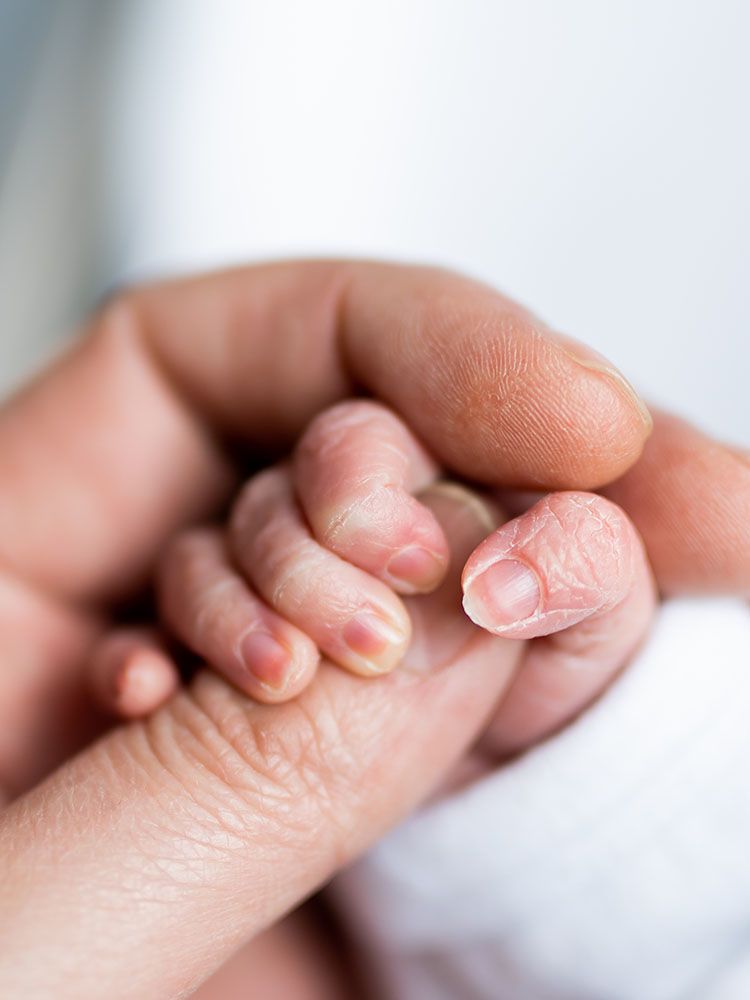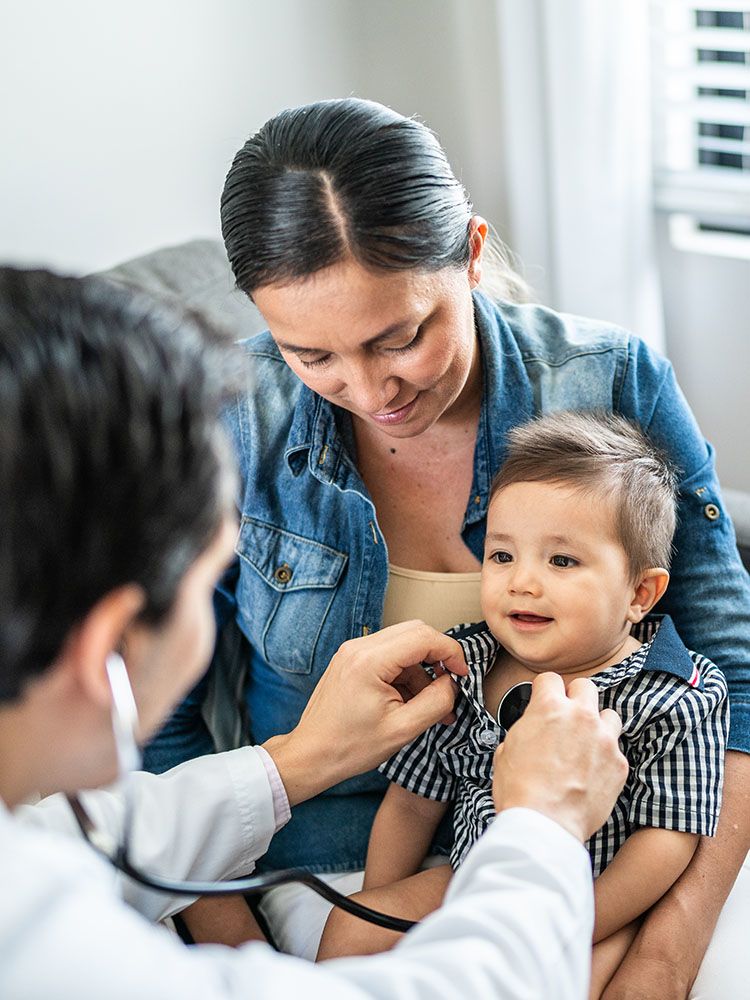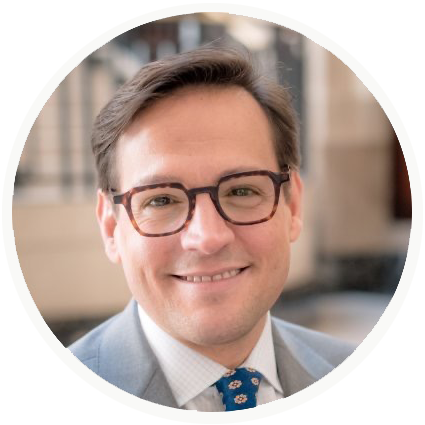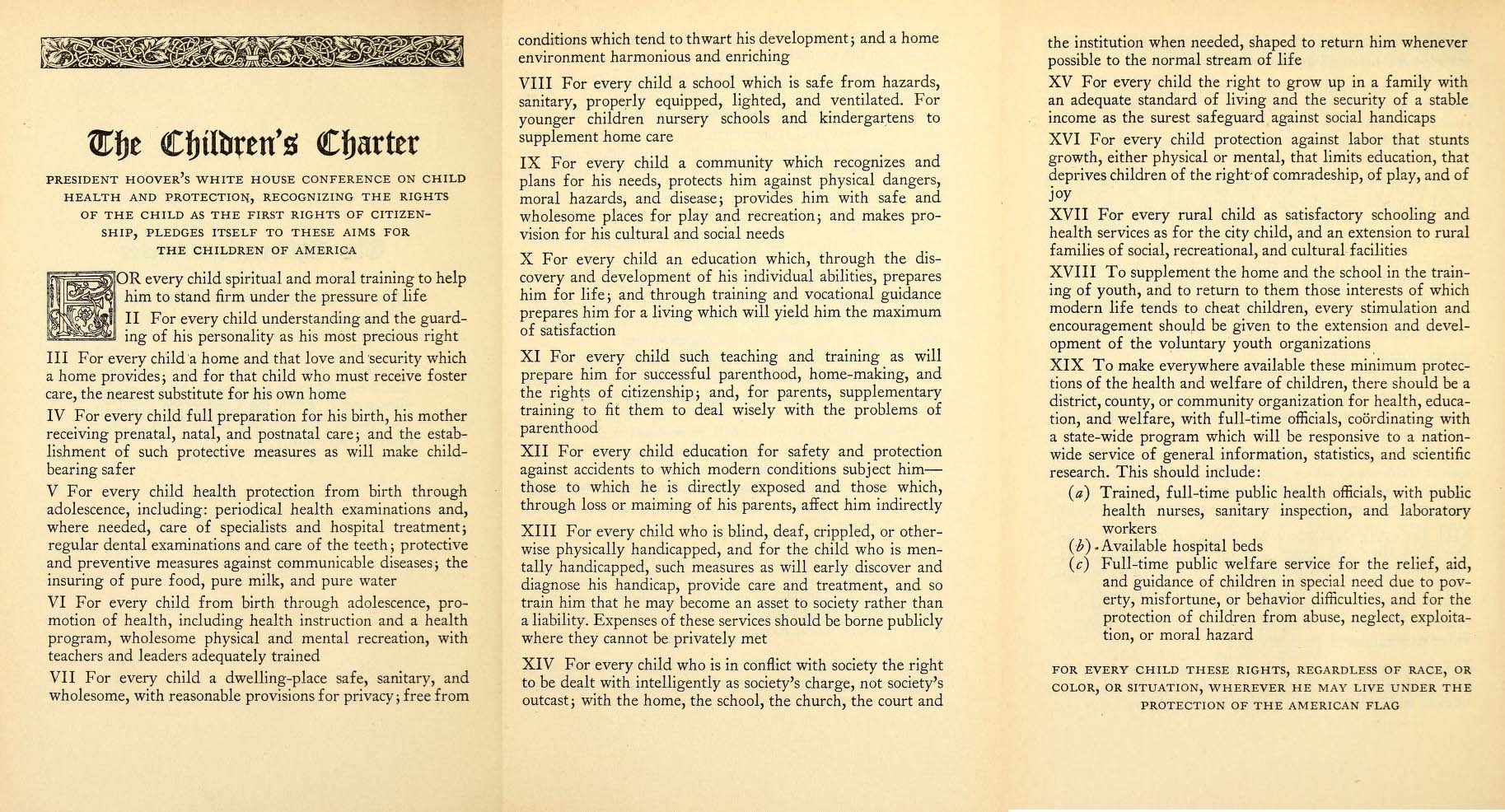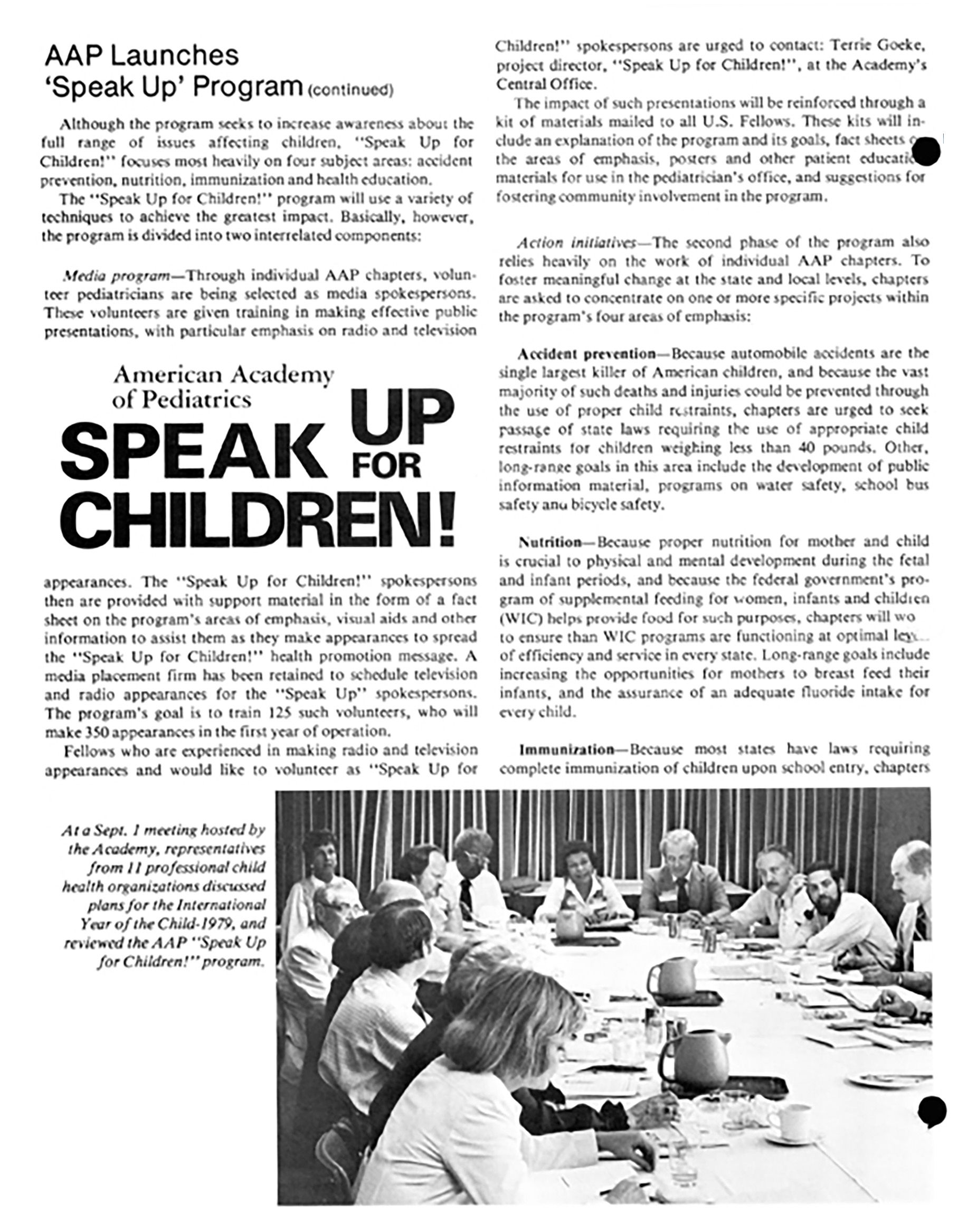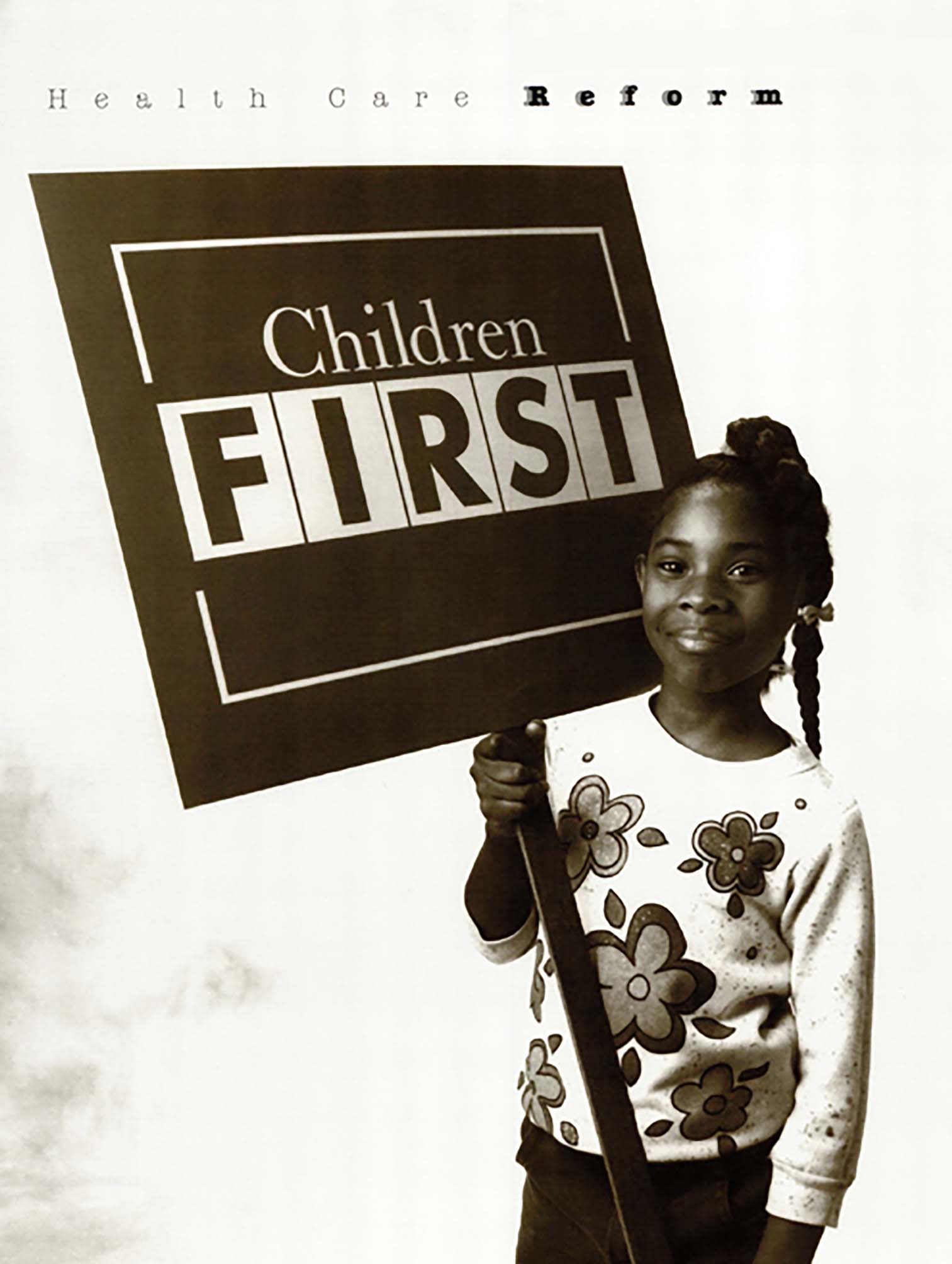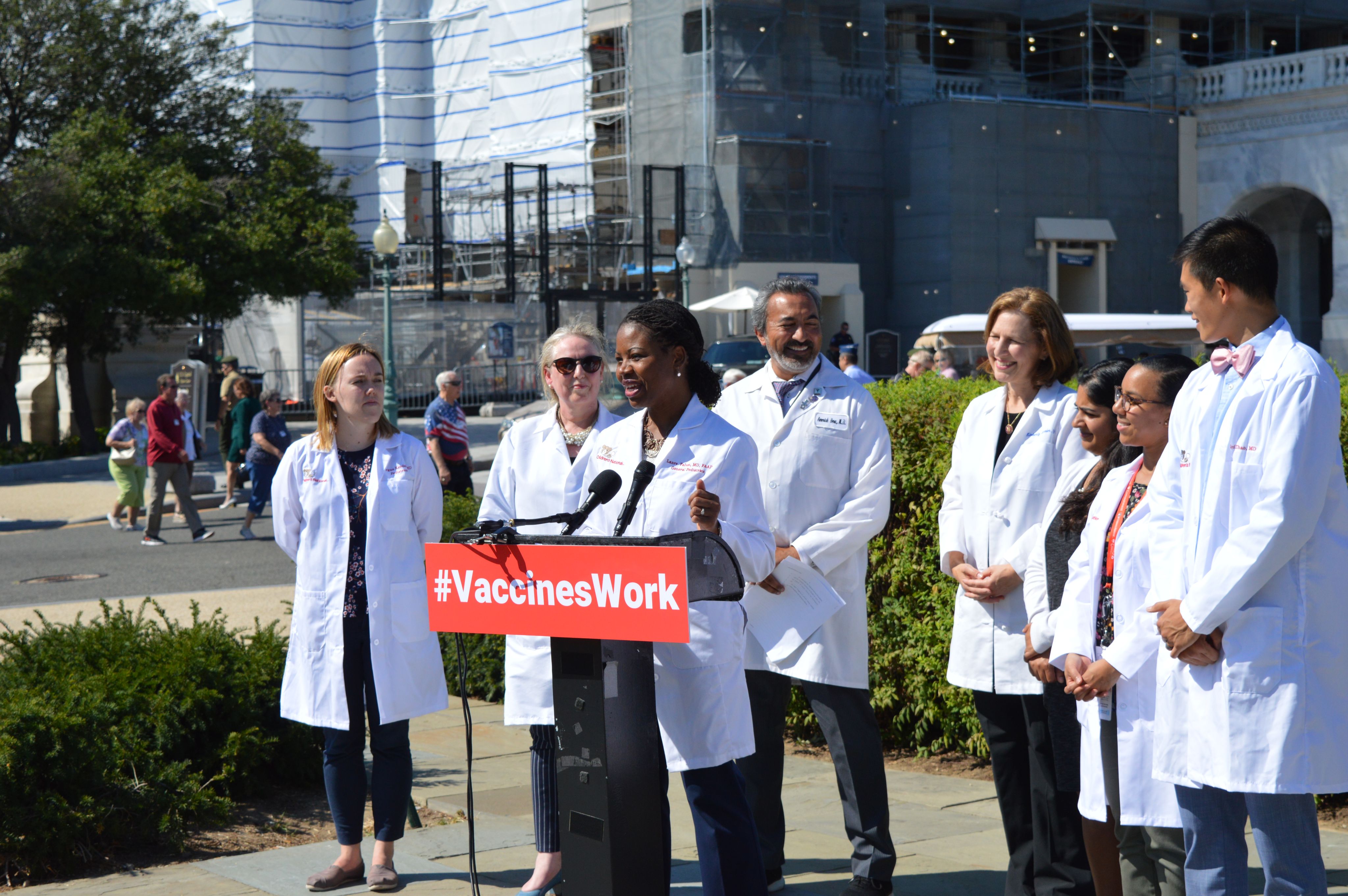The American Academy of Pediatrics: Carrying the Mantle for 95 Years

Parents embark on an incredible journey with the birth of a child — a path filled with exciting moments and endless adventures. Every moment, from lullabies to life lessons, becomes a new chapter in a story of growth, resilience, and hope. On this journey, pediatricians are there to walk beside families every step of the way. Pediatricians are more than doctors — they are trusted guides and lifelong partners in a child’s health and well-being. They celebrate milestones, offer reassurance during difficult times, and provide expert care that helps children grow strong in body, mind, and spirit. They are a steady presence in times of uncertainty, stepping up to help parents navigate challenging times.
And behind every dedicated pediatrician, the American Academy of Pediatrics (AAP) stands strong — providing steadfast support and guidance — ensuring that every child has the healthiest, brightest future possible. As the AAP marks its 95th anniversary in July, the Academy’s 67,000 members remain as committed to this mission as ever.
“The members of the Academy today are part of an enormous legacy — starting with our founders 95 years ago,” said Mark Del Monte, CEO/executive vice president.
The challenges pediatricians face today feel just as urgent, Del Monte said, but the same mission to advocate for children continues to drive the Academy’s work forward.
“Advocacy is in our DNA,” he said. “Throughout the Academy’s history, the collective efforts of our members have driven a record of unrelenting progress for children’s health, which continues to motivate and inspire us today.”
“The Academy was born out of a crisis. During the early 20th century, children faced widespread poverty, disease, and a lack of societal protections. In that moment of crisis, pediatricians stepped up to confront these challenges, achieving remarkable gains for children and families.”
Mark Del Monte
CEO/Executive Vice President
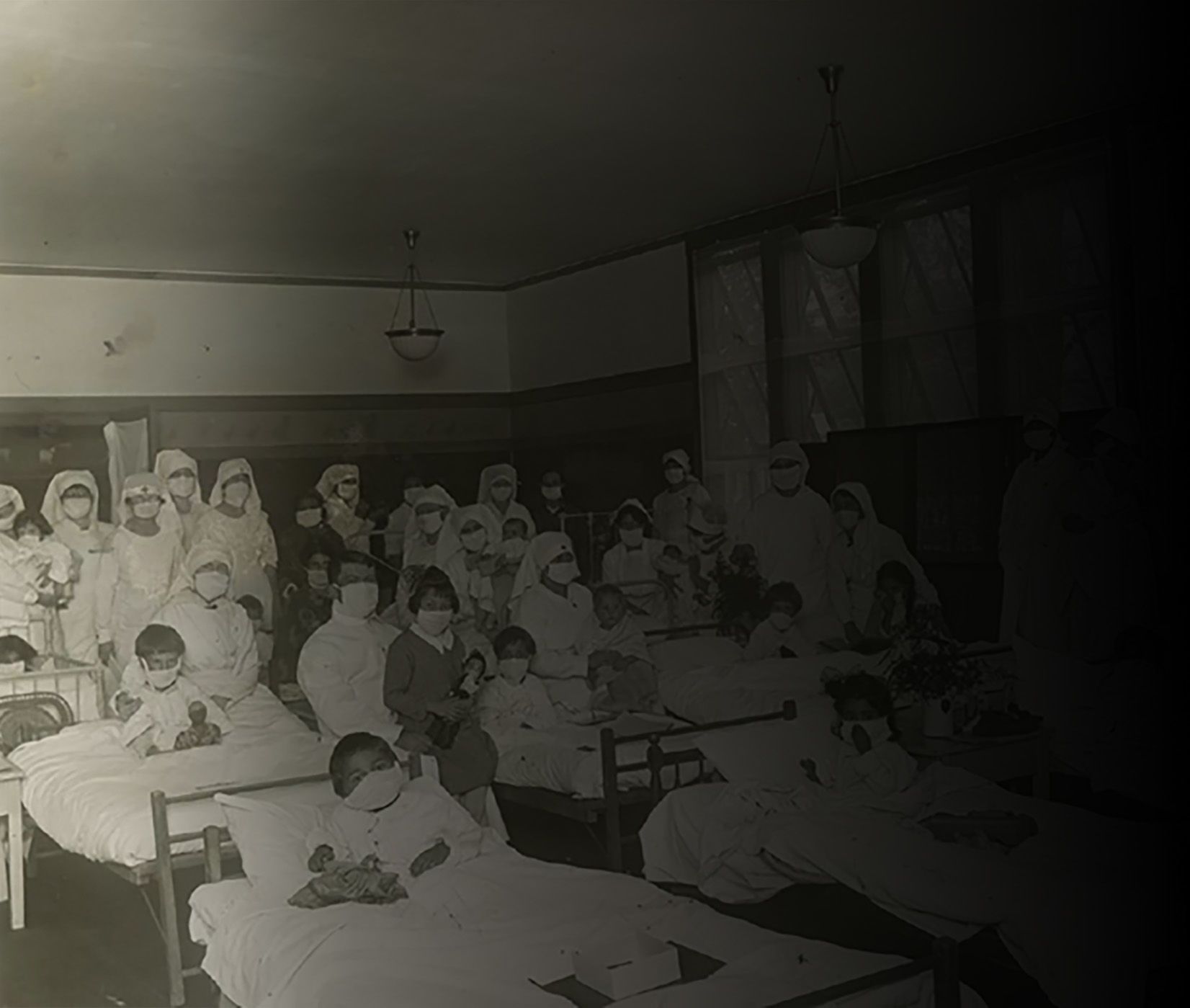
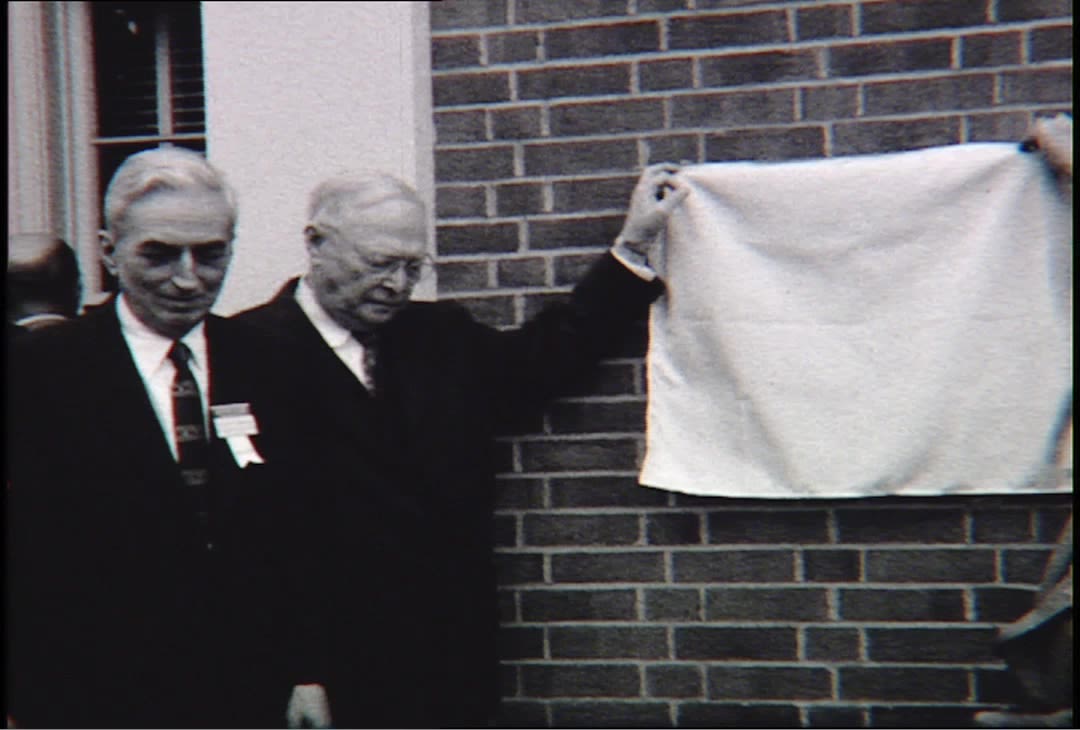
Following the 1918 flu pandemic that killed 50 million people, the horrors of World War I, and societal concerns about widespread poverty and child labor, the AAP was founded in 1930 to improve the health and protection of children and “foster and encourage pediatric investigation.” Founders Isaac A. Abt, MD, and Clifford G. Grulee, MD, envisioned a pediatric society that would include most of the practicing pediatricians in the country, further the field, and advance the medical care and social needs of children.
“From the first founding, they assigned one of the board members as a historian,” said Lynn Olson, PhD, vice president of research at AAP. “They knew they were making history.”
Since then, each new generation of pediatricians has come into the field, picked up a new mantle, and “carried it anew,” according to Olson.
The 30s brought many influential milestones for the Academy’s beginnings, including a White House conference with dozens of committees on child health topics, the publishing of the Children's Charter, the first run of the Journal of Pediatrics, the forerunner to Pediatrics, and the first Red Book in 1938. Founders endorsed the National Health Act (Wagner Act), which authorized federal funds to states to broaden public health and maternal and child health services.
The Children's Charter was published following the White House Conference on Child Health and Protection in 1930 and outlines guidelines for improving the welfare of children.
The Children's Charter was published following the White House Conference on Child Health and Protection in 1930 and outlines guidelines for improving the welfare of children.
A decade after the Academy’s founding, in 1943, 18% of the AAP membership was in service in World War II. Non-military members turned their attention to caring for refugee children, nutrition, and developing refresher courses for pediatricians returning from military service.
In 1943, the Emergency Maternity and Infant Care Act was established to assist families of men serving in the war with AAP members like Katherine Bain, MD, helping to develop standards for the program.
AAP President Dr. Susan Kressly talks about how early pediatricians started the movement towards child advocacy.
AAP President Dr. Susan Kressly talks about how early pediatricians started the movement towards child advocacy.

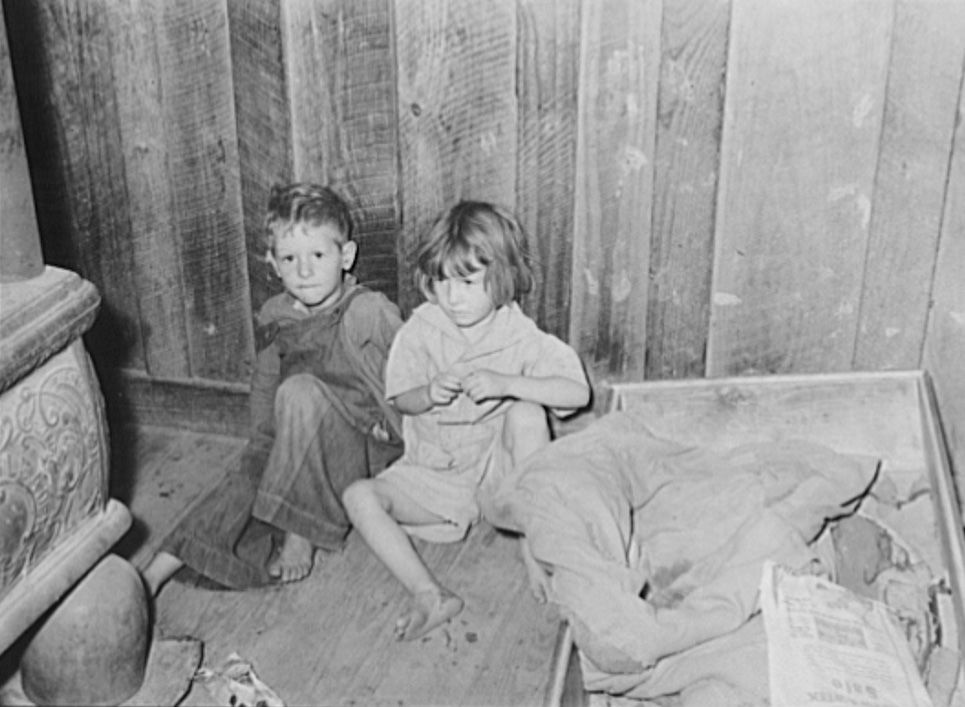
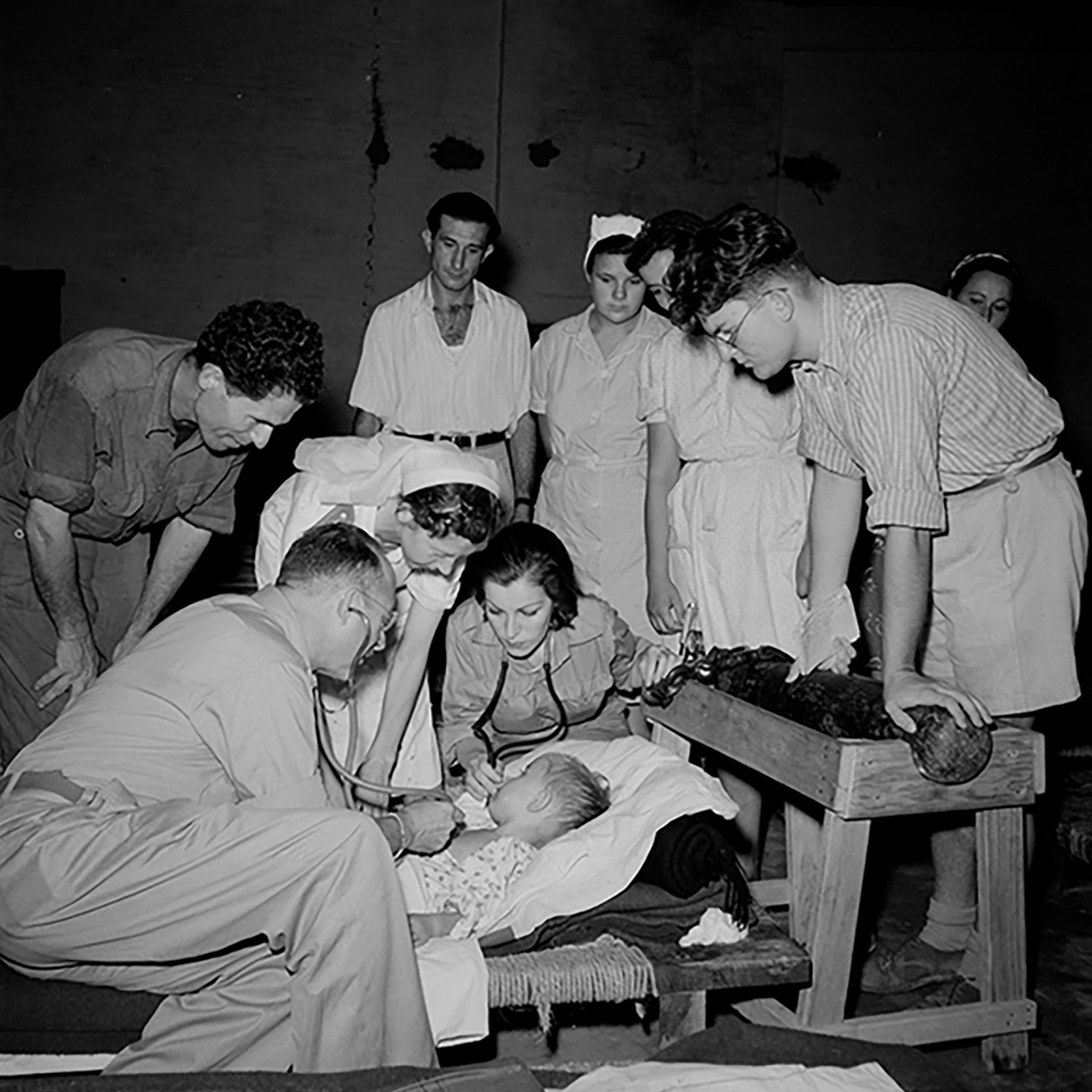
Hundreds of pediatricians gather for an early AAP meeting.
Children suffered widespread poverty, malnutrition and inadequate healthcare during the Great Depression.
WWII took a toll on children’s health, while many AAP members were in active military service.
Past AAP President Dr. Benjamin Hoffman discusses the founding of the first committee on accident prevention.
Past AAP President Dr. Benjamin Hoffman discusses the founding of the first committee on accident prevention.
In the 1950s, the AAP began focusing on injury prevention and published the First Aid Chart in 1959. The Academy’s efforts also helped spearhead legislative changes that lowered the lead content of paint and regulated the manufacture of highly flammable clothing.
“It is time we turn our attention to this formidable enemy of child health,” according to a 1948 editorial in Pediatrics by George Wheatly, who later went on to become AAP president.
“As physicians we should adopt a more critical attitude toward the cause of accidents. We should approach accidents with the same inquiring mind that we bring to the study of disease.”
Pediatricians were also leaders in establishing poison control centers nationwide. In 1953, Edward Press, MD, FAAP, and pharmacist Louis Gdalman started the first formal poison control center in Chicago, which was followed by a second center spearheaded by injury prevention committee member and later AAP president Jay Arena, MD, FAAP.
In 1958, the American Association of Poison Control Centers was established, with pediatricians making up 75% of its members. Today, there are 53 accredited poison control centers in the United States.
By the 1960s, pediatricians were working to combat common problems impacting children like poverty and chronic conditions. The launch of Medicaid and Medicare in 1965 further helped to make health care more accessible. The AAP supported this goal with the Project Head Start program, an early education program for disadvantaged children, paving the way for the Academy’s continued operation of Head Start’s National Center on Early Childhood Health and Wellness into the present day.
Speak Up For Children! campaign, a first-of-its kind effort to focus on child advocacy in the late 1970s.
Speak Up For Children! campaign, a first-of-its kind effort to focus on child advocacy in the late 1970s.
AAP Chief Health Equity Officer Dr. Joseph Wright talks about social drivers of health and their impact on the wellbeing of children.
AAP Chief Health Equity Officer Dr. Joseph Wright talks about social drivers of health and their impact on the wellbeing of children.
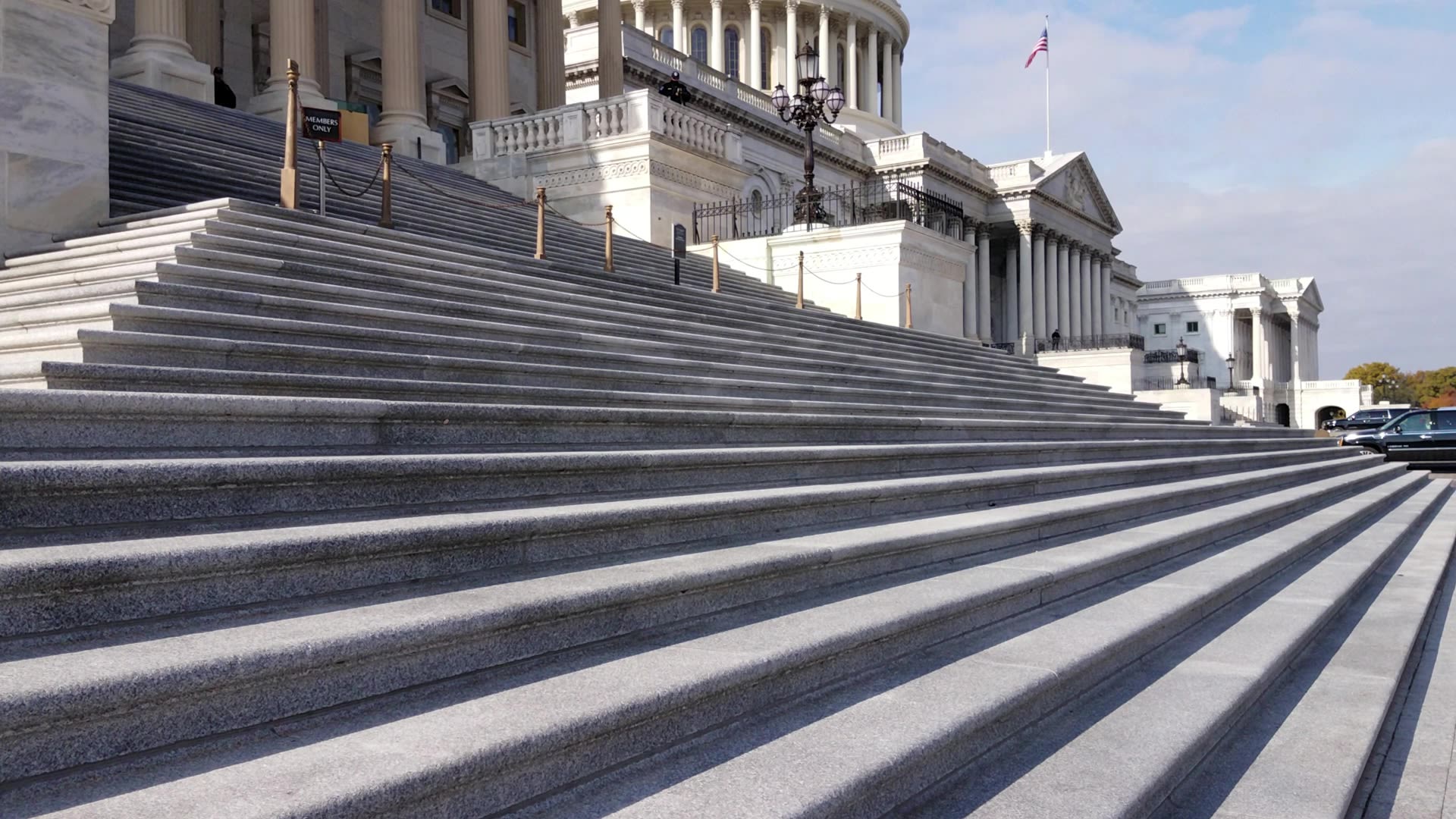
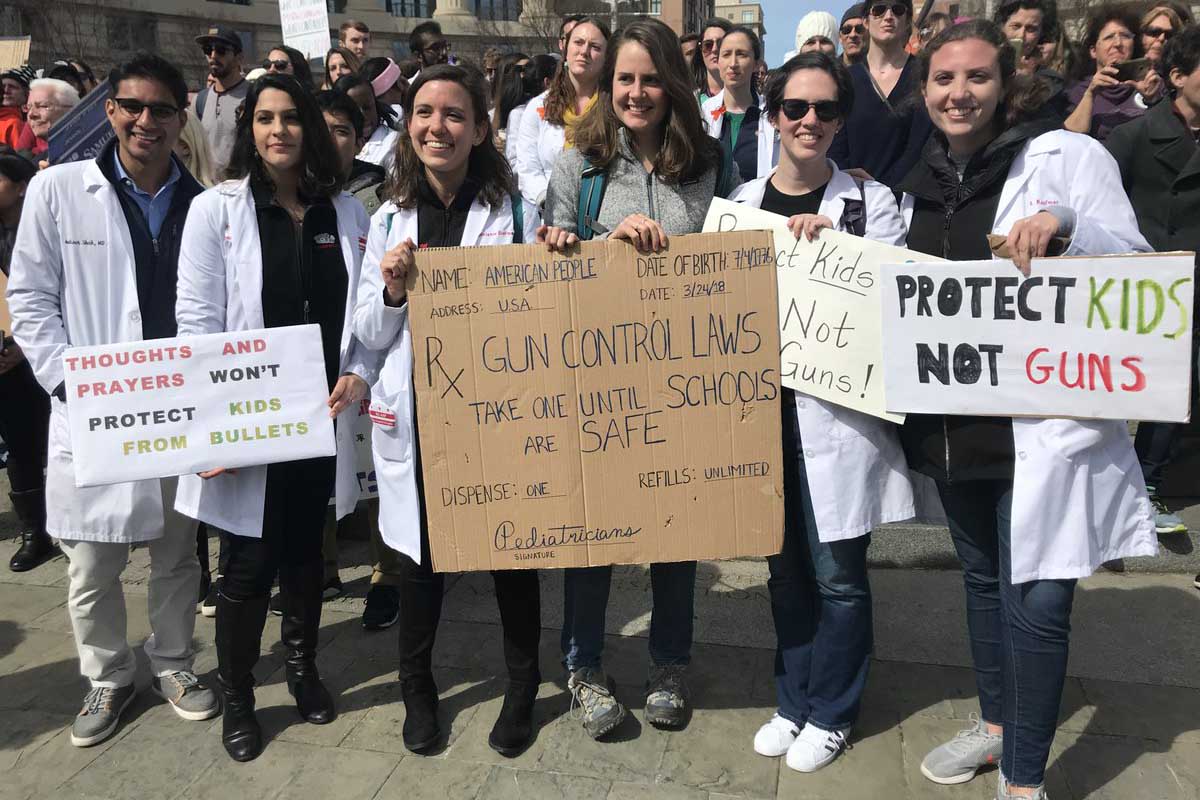
Opening an AAP office in Washington D.C. in 1970 allowed the Academy to better impact policy, including influencing the Lead-Based Paint Poisoning Prevention Act passed in 1971. Robert S. Sanders, MD, FAAP, and the AAP Tennessee Chapter helped establish the first state child automotive restraint law, passed in 1977. By 1985, all states had a mandatory child restraint law.
In the 1980s, the First Ride, Safe Ride program helped ensure newborns were riding home from the hospital in an appropriate safety seat, and the launch of The Injury Prevention Program (TIPP), continued advocacy work in accident prevention.
However, the federal budget approved in 1981 decreased the national monthly caseload of those receiving Aid to Families with Dependent Children by 442,000, leading to lost Medicaid coverage for many children. In response, the AAP advocated against enrollment barriers, promoted and financed preventive care for children, and released a minimum benefits package for Medicaid.
Children First campaign banner from the American Academy of Pediatrics archives.
Children First campaign banner from the American Academy of Pediatrics archives.
The AAP stepped in to provide guidance on emerging issues affecting children, such as acquired immunodeficiency syndrome (AIDS). Within a year of case reports emerging, the Academy produced clinical guidance on perinatal HIV infection and infection control through a task force that later became the Committee on Pediatric AIDS.
In 1990, about 15% of children had no health insurance. The AAP helped chapters advocate for Medicaid through the Help Us Grow campaign and worked with the American Medical Association (AMA) to educate state medical societies about the newly ratified Children’s Health Insurance Program (CHIP), though the program would be vetoed in 2006.
Insurance advocacy continued into the 2000s with the Academy working toward the reauthorization of the State CHIP program in 2009. Catastrophes like Hurricane Katrina and 9/11 highlighted the need for disaster preparedness in children, leading to the creation of what is now the Council on Children and Disasters, which helped to put new systems in place for future emergencies.
The passing of the Affordable Care Act (ACA) in 2010 was the culmination of decades of AAP advocacy work geared toward equitable access to health care. Around this time, policy statements and reports shifted to address toxic stress, gun violence, e-cigarettes/vaping, opioids, media use, abusive head trauma, drowning and inequities. Many AAP leaders also spoke out about separated families and detention of immigrant children at the U.S. border.
AAP President-Elect Dr. Andrew Racine discusses the importance of vaccines and the AAP's involvement in vaccination development and implementation.
AAP President-Elect Dr. Andrew Racine discusses the importance of vaccines and the AAP's involvement in vaccination development and implementation.
When the COVID-19 pandemic hit in 2020, health agencies like the Centers for Disease Control and Prevention (CDC) and the World Health Organization (WHO) issued clinical guidance regularly on all aspects of the virus, though there was one glaring omission. “No one was doing anything about kids,” Olson said. “The Academy stepped up to put out information frequently and rapidly It was about searching for and summarizing what was known and developing clinical policy.”
At the time, Olson said, there was no data being reported on how many children were being diagnosed with COVID-19. So, the Academy began posting weekly summaries online with data staff pulled from each state on how many children were getting the virus. The AAP provided interim guidance as more available evidence emerged on how the virus spread and how to prevent it.
In 2025, children in the U.S. are more likely to die from a gun-inflicted injury than any other cause, including car crashes and cancer. Mental illness, climate change impacts, and financial instability threaten children’s long-term health and development. In this 95th year of the Academy, pediatricians are also confronting challenges created by significant policy and funding shifts in national programs that broadly benefit children, including Medicaid, immunizations, public health campaigns, and pediatric research.
In the midst of this often-chaotic environment, the Academy continues advocating for children, families, and for the trusted role that pediatricians have always played in their lives.

“For every step of the way, pediatricians have been here as trusted partners with parents. Nothing should interfere with that relationship. We are not stepping back. We are stepping up. I am proud of all that we have been able to achieve, and I know that it doesn’t stop here. Pediatricians will continue to be here to protect the health of all our children — for the next 95 years and beyond.”
Susan J. Kressly MD, FAAP
AAP President



